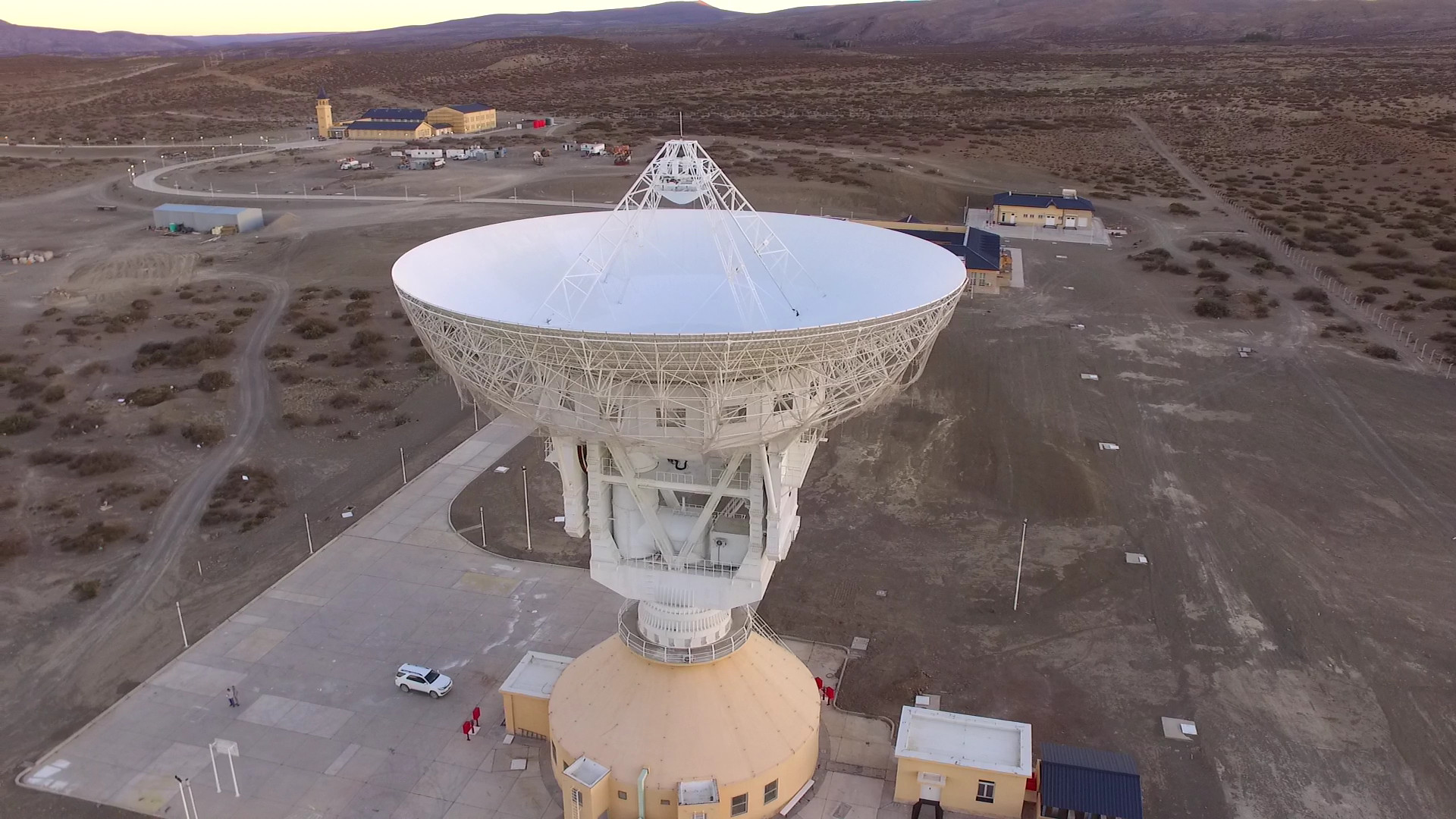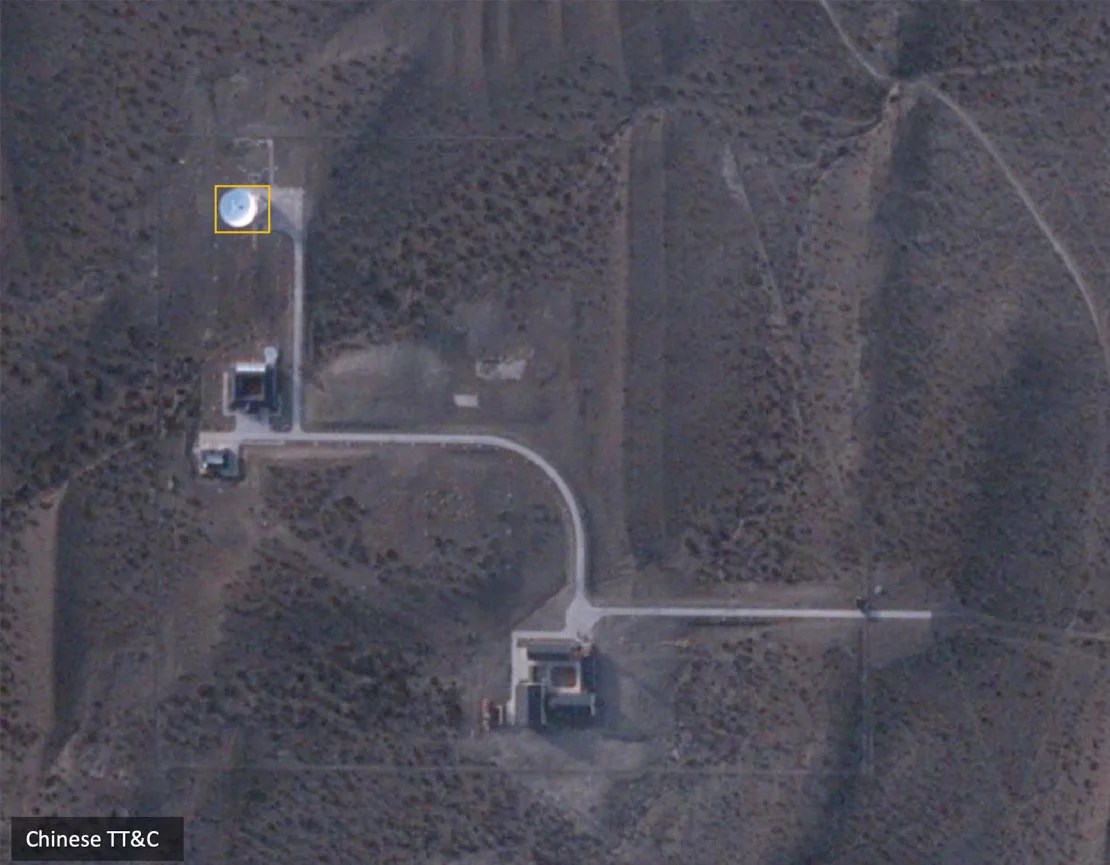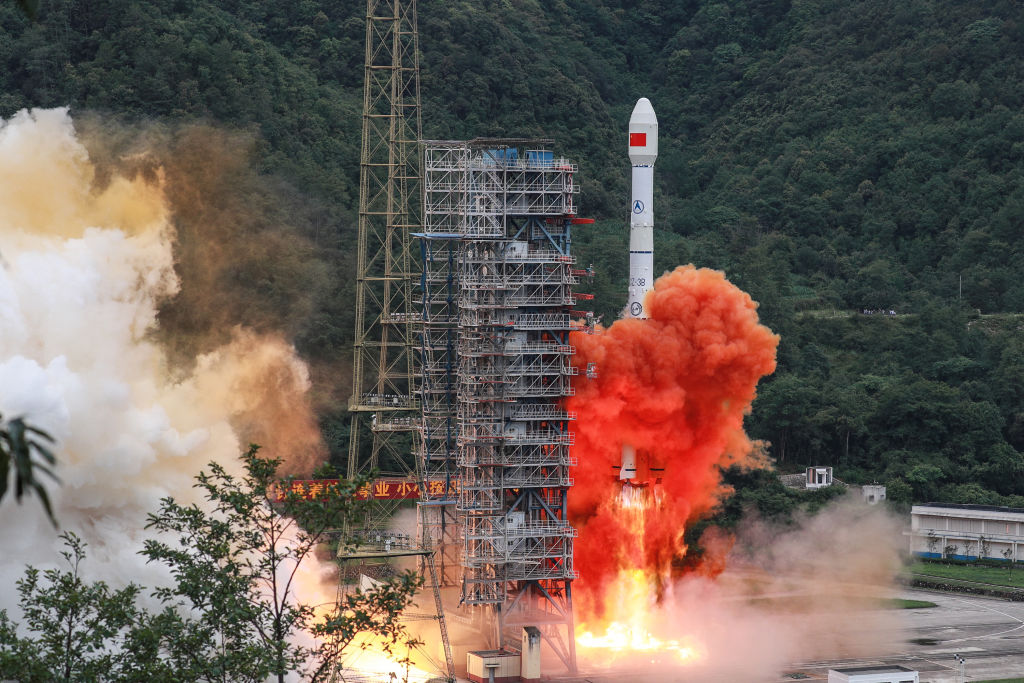(CNN Spanish) –– In a remote corner of Nuquen province in southern Argentina, China monitors deep space and a sky full of satellites.
Since the first contracts for its construction were signed between Beijing and Buenos Aires in 2012, the deep space station, managed by the China National Agency for Satellite Launching, Tracking and General Control (CLTC), part of the Chinese People's Liberation Army (PLA), has generated controversy inside and outside the South American country.
In particular, two questions are at the heart of the controversy: whether, as they point out, its use is only civil; signed treaties, not military; and concessions made by Argentina regarding control of these facilities.
China's global rival, the United States, has continued to express its concern about the progress of China's space program in South America, as Southern Command chief Gen. Laura Richardson showed once again before the Armed Services Commission on March 12. The House of Representatives called it “a deep space station in Argentina that provides the PLA with global space surveillance and monitoring capabilities that can translate into global military capabilities.”
The Chinese embassy in Buenos Aires responded with a statement quoted by TN saying, “The remote space station in Neuquen is a space technology cooperation facility between China and Argentina” and is designed only for scientific research.

CLTC – CONAE – NEUQUEN Station. (Credit: Government of Argentina)
However, the station, the first of its kind outside China's borders, was the result of a rapprochement between the governments of then-President Cristina Fernandez de Kirchner and China's President Xi Jinping, but its construction was completed in 2017. , during the government of Mauricio Macri.
But Javier Millay's victory in November's presidential election reignited the controversy, with Argentine Defense Minister Luis Petri saying on Tuesday that a candidate who indicated his priority was “to be an ally of the United States.” was assured In the TN network, President Javier Mili's government is examining the original contract and the possibility of conducting a review.
“We are going to guarantee that the activities carried out there are as established in the agreement, meaning science and space, not military,” he said on Tuesday. “There is a possibility of agreeing to investigate, and the decision is to ensure compliance with the agreement.”
Here's what we know about China's deep space station in Patagonia, Argentina.
When was its construction agreed upon and what do the signed contracts say?
Cooperation agreement between Chinese CLTC and Argentina's National Commission for Space Activities (CONAE). Signed in 2012In the context of growing commercial, diplomatic and political relations between China and Argentina.
Through this instrument, it was agreed to establish a space observatory on a 200-hectare site 60 kilometers north of Las Lajas in Neuquen Province to “provide support to China's lunar exploration program.” The agreement has a term of 50 years and may be terminated at the request of either party with 5 years' notice.
Specifically, the contract specifies “a station for ground observation, command and data acquisition, including an antenna for deep space research.”
According to the agreement, CLTC will be the sole operator of the station and can define the personnel required for its maintenance. Meanwhile, CONAE and the province of Nequén will have space defined by the CLTC to participate in joint activities.
What is inside this station? According to the contract, a deep-space TT&C (Tracking, Telemetry and Command, in English) antenna system, a satellite communications system and “other surveillance equipment to be added” in the future.
Several articles of the agreement have sparked controversy, particularly Article 8, which establishes that the parties will maintain “confidentiality regarding technologies, operations and programs of surveillance, control and data acquisition”.
Another contentious aspect is Article 6, which establishes that CONAE and the Province of Neuquén are not nationally or internationally responsible for the acts or omissions of the CLTC.
In 2014 Signed another contract, On this occasion between the governments of Argentina and China, for the construction of a station “to provide ground support for Chinese deep space exploration missions”, and it Voted Law 27,123 by the Argentine Congress in 2015.
This second treaty first created new controversies. By establishing tax exemptions in its article 2 for China when purchasing materials for the construction and operation of the station.

A satellite image showing China's deep space station in Nuquen, Argentina, was provided to CNN by Blocks. (Credit: BlackSky)
On the other hand, its Article 3 establishes that “the Government of Argentina shall not interfere or interfere with the normal activities carried out” and that if decisions are taken that cause interference or interference, they “must be duly anticipated.” “
As in the previous agreement, Argentina in this document declares in Article 6 that it is not internationally responsible for the actions of the Chinese government in its territory linked to the plan.
But it was already in 2016 during the Macri government. When an additional protocol is installed A previous agreement between Argentina and China establishes that “scientific and technological activities shall be carried out exclusively with a view to civil application, and the resulting information shall not be used in any way for military purposes”.
Concerns about dual use
According to Richardson in his March appearance, China's global space surveillance and monitoring capabilities, expanded by the station at Neuquen, “can be translated into global military capabilities that support our forces' surveillance, monitoring and targeting, and can affect conventional and nuclear targets. -Air-sea operations, precision conventional Offensive capabilities and anti-missile defense.
In this way, it indicates concern about the possible dual use of the information obtained, i.e. civil and military use. Through space surveillance and communication activities and satellite surveillance.
In particular, satellite constellations used by various countries for communication, surveillance and other peaceful purposes are important to their military forces in the navigation, surveillance and guidance of weapons, especially aircraft, ships and ballistic and cruise missiles.
At the heart of this problem are global positioning systems such as GPS used by the US, Russian GLONASS or the European GAILEO.
For two decades, China has been building its own global positioning satellite system, Beidou Achieving global coverage by 2020, According to a company affiliated with the China National Space Administration.
Like GPS, GLONASS and Galileo, Beido has an open service to the public A closed one designed for military use.
CNN contacted Beidou and the China National Space Administration to inquire about the possible use of data obtained by the deep space station at Neuquén for the development of the Beidou system, but did not receive a response.
When asked by CNN, an official at the Chinese Embassy in Buenos Aires said, “He does not handle information on this matter.” Will be given A link to a report by Argentina's Public TV in 2019 that did not mention Baido.
Argentina and China in 2020 though They signed A Memorandum of Understanding Dependent For the development and promotion of the peyto system in Argentina.

A Long March 3B rocket carrying the Pedo-3GEO3 satellite from the Jichang Satellite Launch Center in southwest China's Sichuan Province on June 23, 2020. (Credit: STR/AFP via Getty Images)
In 2021, the then Chinese ambassador to Argentina, Zou Xiaoli, He pointed out The station at Nequén “played a key role in China's lunar program, Mars exploration program and other space programs.”
Finally, Argentina and China in January 2022 They signed A cooperation agreement between CONAE and the China Satellite Navigation Office (CSNO) to establish a Beidou system satellite observation station Teófilo Tabanera Space CenterLocated in the province of Córdoba.
But China is not the only space observatory installed by third countries in Argentina.
European Space Agency (ESA) since 2012 Opera A deep space station in Malargu, Mendoza province, has similar characteristics and is intended to support its space exploration missions.
ESA, however, has not raised doubts about these facilities, until today declares One of its functions, for that Although dedicated to deep space, the Malargüe station plays a role. It is a classic dual-use technology that calculates and predicts the orbits of GPS, GLONASS and Galileo satellites to “improve GPS accuracy”.
With information from Ivan Pérez Sarmenti.

“Music ninja. Analyst. Typical coffee lover. Travel evangelist. Proud explorer.”




:quality(85)/cloudfront-us-east-1.images.arcpublishing.com/infobae/SXDWOIO7O5FMZOWUATFEXQYWTY.jpg)

More Stories
The girl, Maria Gomez Perez, was found by authorities in Ohio; A 34-year-old man has been arrested
USA I “Miraculous” rescue of man who spent 12 days without food in Kentucky mountains
Trump reportedly regrets choosing JD Vance